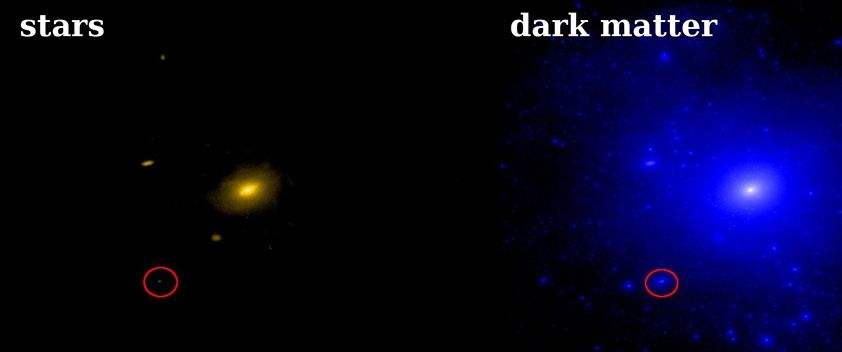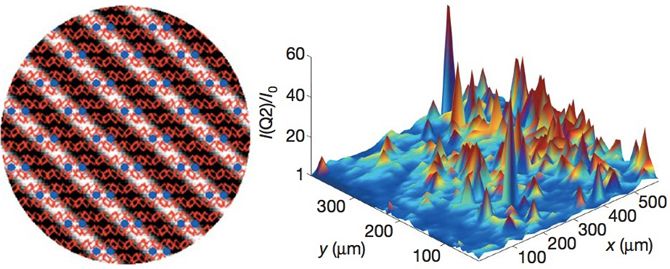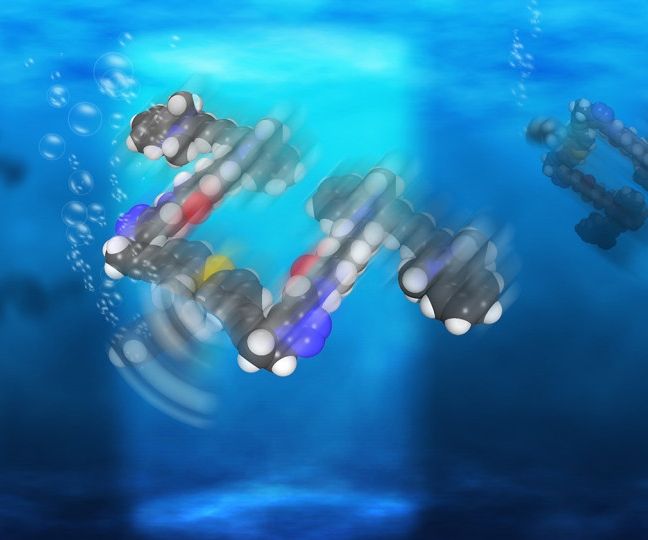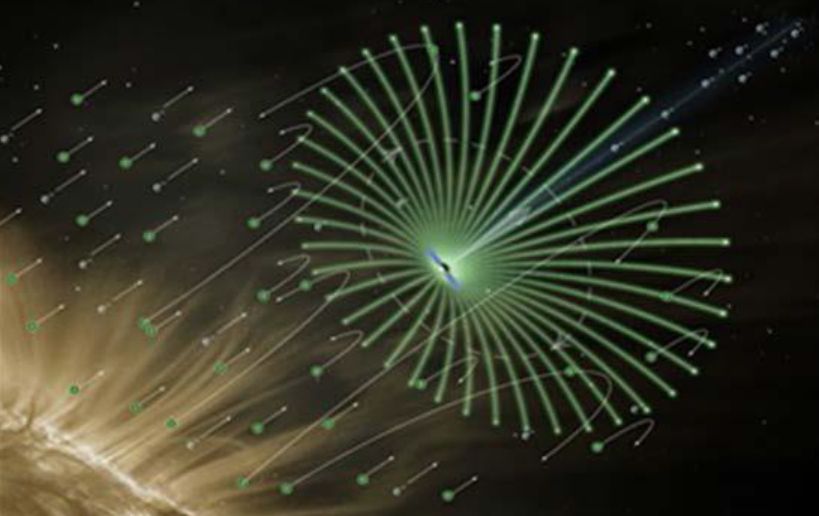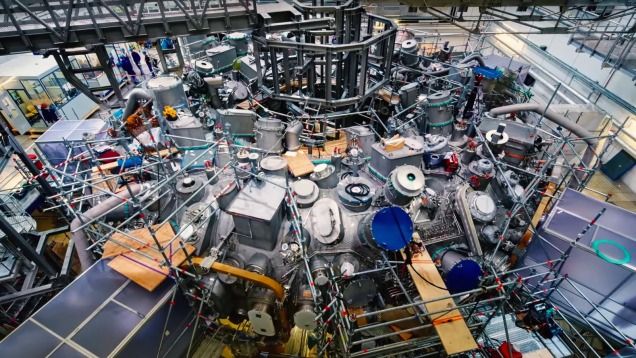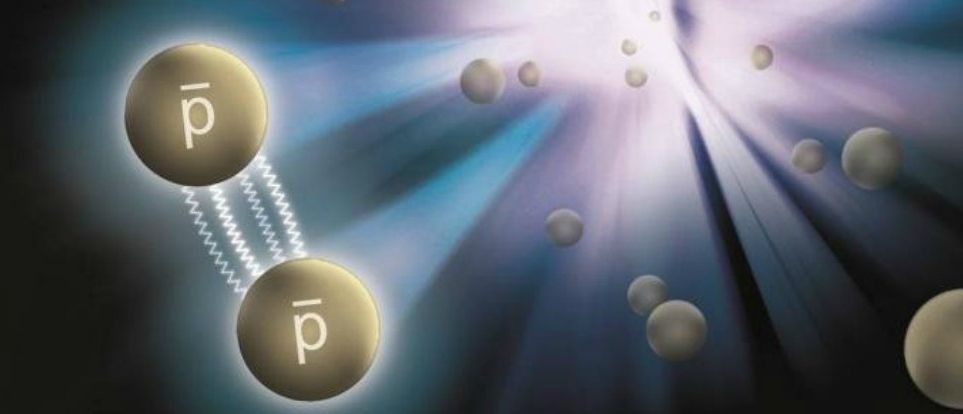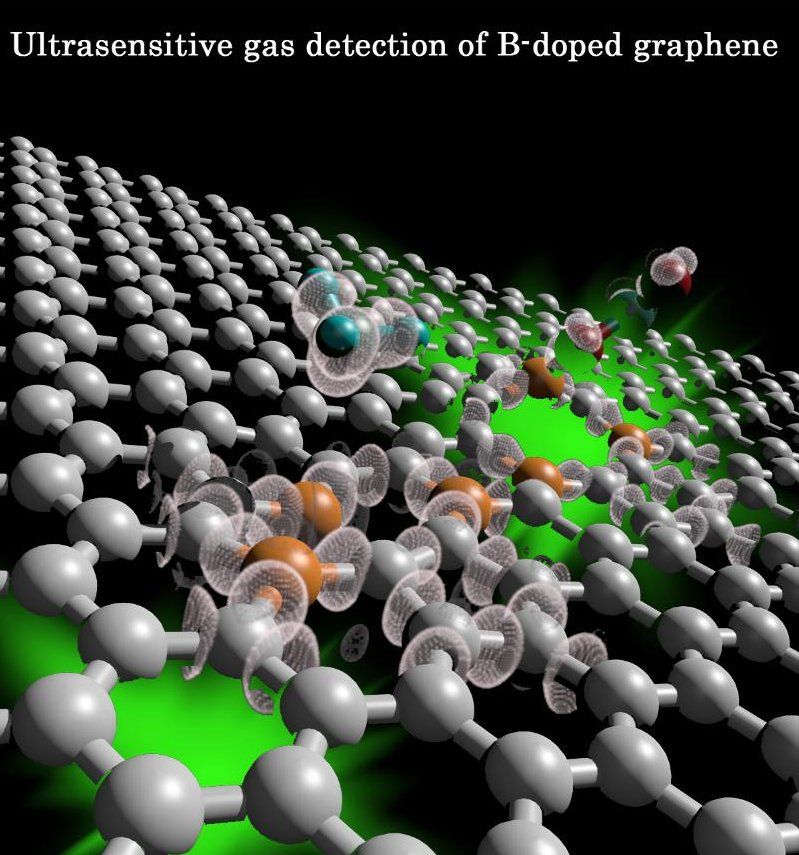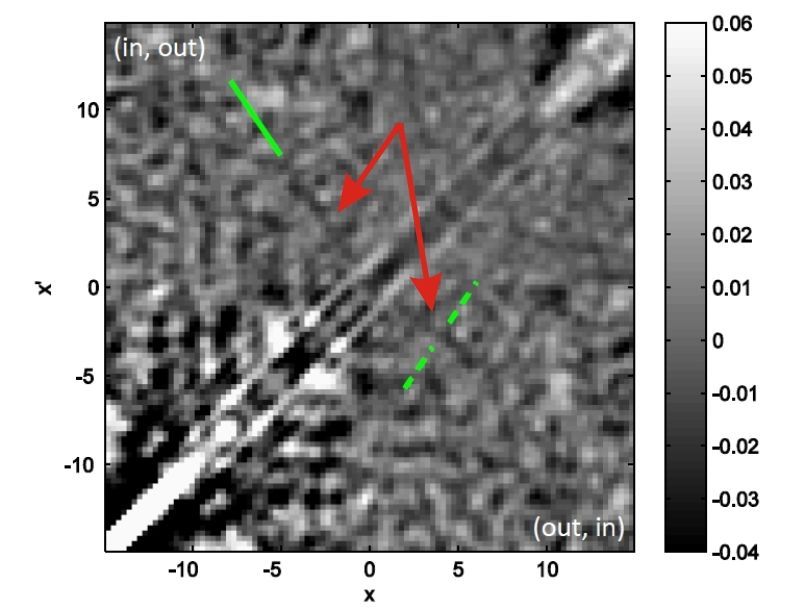Nov 19, 2015
Dark matter dominates in nearby dwarf galaxy
Posted by Andreas Matt in categories: cosmology, particle physics
Dark matter is called “dark” for a good reason. Although they outnumber particles of regular matter by more than a factor of 10, particles of dark matter are elusive. Their existence is inferred by their gravitational influence in galaxies, but no one has ever directly observed signals from dark matter. Now, by measuring the mass of a nearby dwarf galaxy called Triangulum II, Assistant Professor of Astronomy Evan Kirby may have found the highest concentration of dark matter in any known galaxy.
Triangulum II is a small, faint galaxy at the edge of the Milky Way, made up of only about 1,000 stars. Kirby measured the mass of Triangulum II by examining the velocity of six stars whipping around the galaxy’s center. “The galaxy is challenging to look at,” he says. “Only six of its stars were luminous enough to see with the Keck telescope.” By measuring these stars’ velocity, Kirby could infer the gravitational force exerted on the stars and thereby determine the mass of the galaxy.
“The total mass I measured was much, much greater than the mass of the total number of stars—implying that there’s a ton of densely packed dark matter contributing to the total mass,” Kirby says. “The ratio of dark matter to luminous matter is the highest of any galaxy we know. After I had made my measurements, I was just thinking—wow.”
